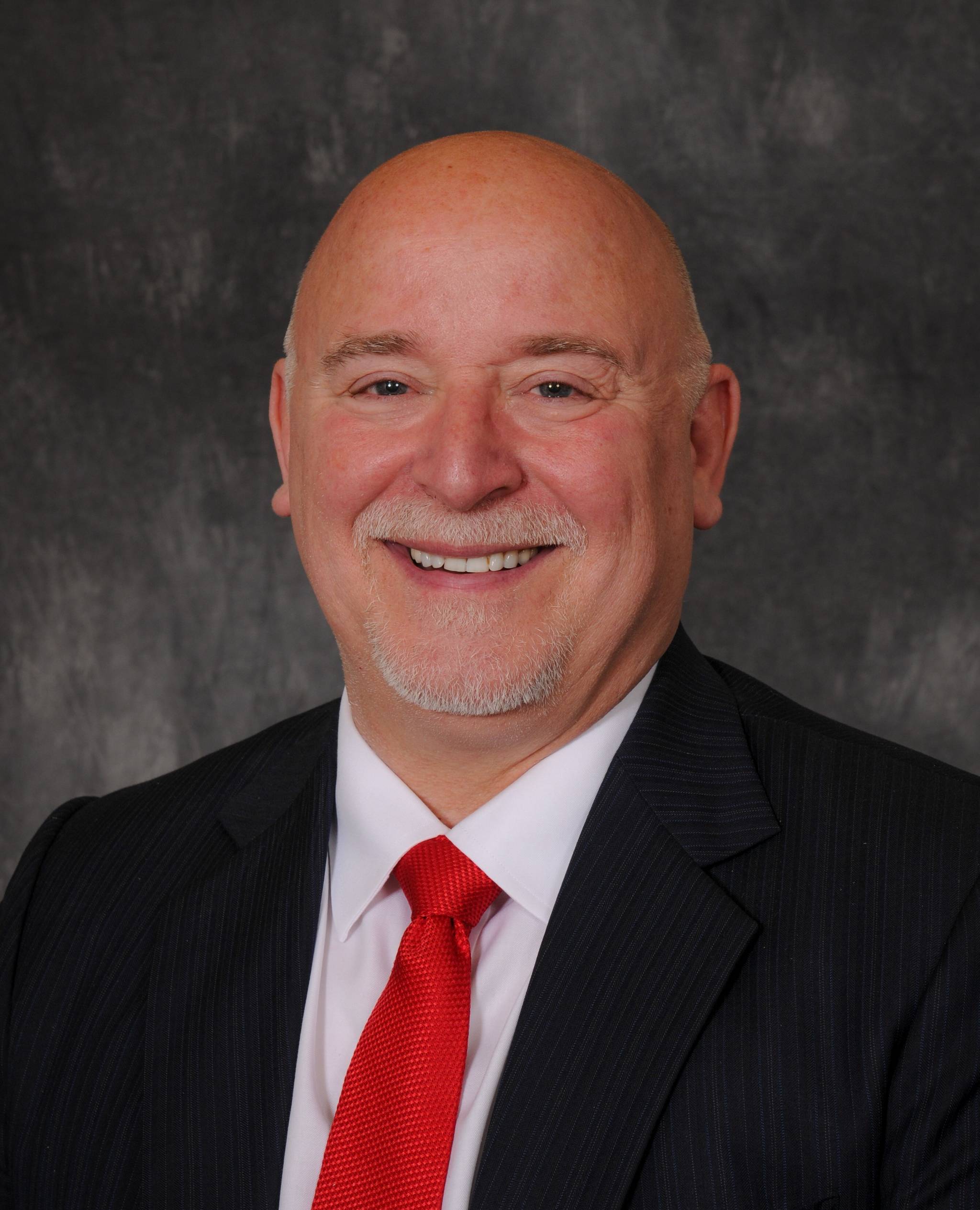By Robin Brena
Ballot Measure 1 amends the production tax regime created under Senate Bill 21 to make it fairer and more transparent for Alaskans. The major Texas-based producers and their surrogates, who fashioned SB21, will say anything to keep Alaskans from getting a fair share for our oil. One thing they are saying is that if we get a fair share for our oil, it will hurt our economy.
Common Sense
No one can seriously believe the Southeast Alaskan economy will be better off if we keep giving away oil for less than it’s worth. In the five years since SB21 has been in effect, the major producers have taken $57.4 billion of our oil. During this same period, we have paid and still owe them more in awarded credits ($2.1 billion) than they have paid us in production taxes ($2.0 billion). Yes, you understood that correctly, they have taken $57.4 billion of our oil, and we paid and owe them more in awarded credits than they paid us in production taxes. If we get a better deal for our oil, it will help keep more of our oil wealth in Alaska, saving and creating jobs for Alaskans.
Fool Us Once
They told us SB21 would help our economy and create jobs when it passed. We believed them, and, after SB21 and before the pandemic, they took our net production revenues to zero and then cut 5,500 jobs or one-third of the total oil and gas workforce in Alaska. Of the 9,000 oil and gas jobs left in Alaska before the pandemic, they filled 3,000 of those jobs with people living outside of Alaska.
We know we can give away billions of dollars of our oil and not get a single job out of the deal because we just spent the last five years giving away billions of dollars of our oil without getting a single job for it. After SB21 and before the pandemic, Alaska had the highest unemployment rate of any state while our sister oil state North Dakota had the lowest unemployment rate of any state. The main reason North Dakota did so much better was because it kept more of its oil wealth in North Dakota, saving and creating jobs for North Dakotans.
Great for Jobs
If Ballot Measure 1 had been in effect for the last five years, Ballot Measure 1 would have brought in $1.1 billion per year or $5.5 billion in total more than SB21. This is the economic equivalent of 11,000 new jobs at $100,000 per year outside the oil and gas industry. Ballot Measure 1 should help reverse many of the State, Marine Highway, construction and UAS jobs being lost under SB21.
Importantly, Ballot Measure 1 will not cost Alaskans jobs inside the oil and gas industry. It only applies to the three largest and most profitable oil fields in Alaska that can afford to pay a fair share without any harm to investment or jobs. In fact, before SB21, these major fields payed us more than Ballot Measure 1 for over 30 years and were able to attract investment and create jobs the entire time. Further, Ballot Measure 1 does not even apply to new and developing fields that may generate new jobs for Alaskans.
Business Environment
Alaska’s economy and business environment completely collapsed after SB21 and well before the pandemic. We exhausted $18 billion in savings, cut our PFDs by two-thirds and have been unable to properly educate our children, repair our roads, maintain our public buildings, provide for our elderly, operate an effective marine highway system or provide jobs for Alaskans. The primary reason our economy and business environment collapsed is because we went from a five-year average of $3.8 billion a year in net production taxes to zero. This collapse in net production revenues was primarily because of SB21 and not because of changes to the price of oil. Next year, we are expected to get only $122.3 million in production revenues under SB21 while we still owe $728 million in unpaid awarded credits. We owe six times more in awarded credits than we will be paid in production revenues next year.
With a fair share from our oil, we will be able to stabilize Alaska’s economy and business environment and add Alaskan jobs.
Never Enough
While Alaskans were economically suffering after SB21 and before the pandemic, ConocoPhillips raised dividends to their shareholders by 60% in the last two years, paid off billions in debt and repurchased billions of its stock from shareholders. Since SB21, ConocoPhillips has made 68% of its world-wide net income from Alaska and only invested 15% of its world-wide capital in Alaska.
Alaskans should not be intimidated out of a fair share for our oil. The Texas-based major producers say the same things every time Alaskans stand up for themselves and want a fair share. We gave up $1.1 billion per year and got nothing; we should give Ballot Measure 1 a chance. Frankly, there is no reasonable solution to addressing our state deficit without Ballot Measure 1. Vote yes on Ballot Measure 1.
• Robin O. Brena is a lifelong Alaska who grew up in Skagway and is an original sponsor of Ballot Measure 1, chair of the Oil and Gas Transition Committee for the Walker administration and founder of Brena, Bell and Walker, a longtime Alaskan law firm. Columns, My Turns and Letters to the Editor represent the view of the author, not the view of the Juneau Empire. Have something to say? Here’s how to submit a My Turn or letter.

